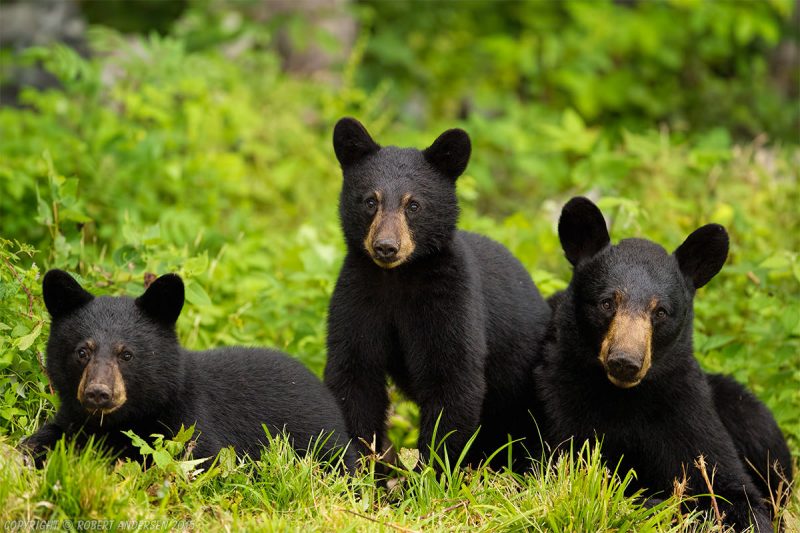Six Eric Cody Moxam Should and Shouldn’ts of Wildlife Photography
Are you an aspiring wildlife photographer? It’s an exciting hobby that is much more affordable than it used to be.
It’s not something that you can take lightly, though. While the act of taking a picture is easy, so much work goes into taking the right photo. There are many non-technical aspects to keep in mind as well. Whether you want to be a wildlife photographer just for fun, like Eric Cody Andrew Moxam, or hope to join the ranks of organizations like National Geographic one day, there are best practices to apply, so here are a few things you should and shouldn’t do:
You should prioritize the animals and the environment
One of the most important things you can do is prioritize the wellbeing of the animals and the nature they inhabit. The health and welfare of both are more important than any picture you will take. When it comes to the environment, don’t destroy trees or plants in your attempt to capture the perfect shot. Trails are there for a reason, so it’s usually a good idea to stick to them so that you don’t disturb what you shouldn’t or enter dangerous territory.
As for the animals, don’t get too close. Never feed them (they may not be able to digest what you give them, to begin), never pet them, and never harm their habitats in your attempt to see them. Research animals ahead of time so that you know how to treat them well (for instance, rangers at Yellowstone National Park had to euthanize a baby bison because humans put it in their car, thinking they were saving it from the cold. The calf was, in fact, not abandoned, but it’s mother rejected it after human interference).
You shouldn’t neglect your own safety
On the note of not getting too close, it’s important to abide by this note for your own safety. Avoid getting caught up in the moment because animals do not know what your intentions are, so give them the space they deserve so that they don’t become nervous or aggressive. Also, please don’t put yourself in dangerous situations in an effort to capture an image you think will be worth it. It might be—until you fall, and then it’s not.
You should research animals beforehand
It’s worth repeating: research the animals in the area you are shooting in. This is for both practical and safety reasons. Do you know what animals you can expect at each time of year and where to find them? Where do they congregate? Do you know what to do if you encounter a bear?
You can know your gear inside and out, but it’s essential to be able to analyze an animal’s behavior. The more you know, the better your expedition will go, and the safer you and the animals will be.
You shouldn’t be impatient
Be patient when taking photos. Don’t disturb the animals by trying to make them do something. You want to take pictures of them as they are, so you may have to wait for them to do something interesting as they go about your business. This is what you want, and your images will be more authentic for it. Wildlife photography is not a quick or easy process, so don’t rush anything or give up prematurely.
You should use a fast shutter speed
Animals sometimes move slowly, and sometimes they move quickly. You’ll end up with lots of blurry images if your shutter speed is too slow. Sleek Lens notes that as a rule of photography, your shutter speed should be equal to or higher than your focal length (so at least 1/640 or 1/1000 will put you in a good spot). Don’t be afraid to take lots of photos, either, so make sure you have lots of memory storage.
You shouldn’t take too many of the same photo
Take lots of different kinds of photos, too. David Shaw from Expert Photography says that as wonderful as telephoto lenses are, you’ll have countless images with the same focal length if you rely on it too much. Mix up the equipment, angles, and focal lengths you use. Include the animal’s surroundings in your images, and don’t forget to enjoy the overall experience. Oh, and here’s a tip: make sure the animal’s eyes are in focus.
Wildlife photography is an incredible pastime or profession if you keep best practices in mind. As long as you remember that the animals and nature are always more important, exercise patience, and understand the animals and gear you are working with, you can capture some remarkable images.
advices ,eric cody moxam ,photography ,tips ,wildlife
